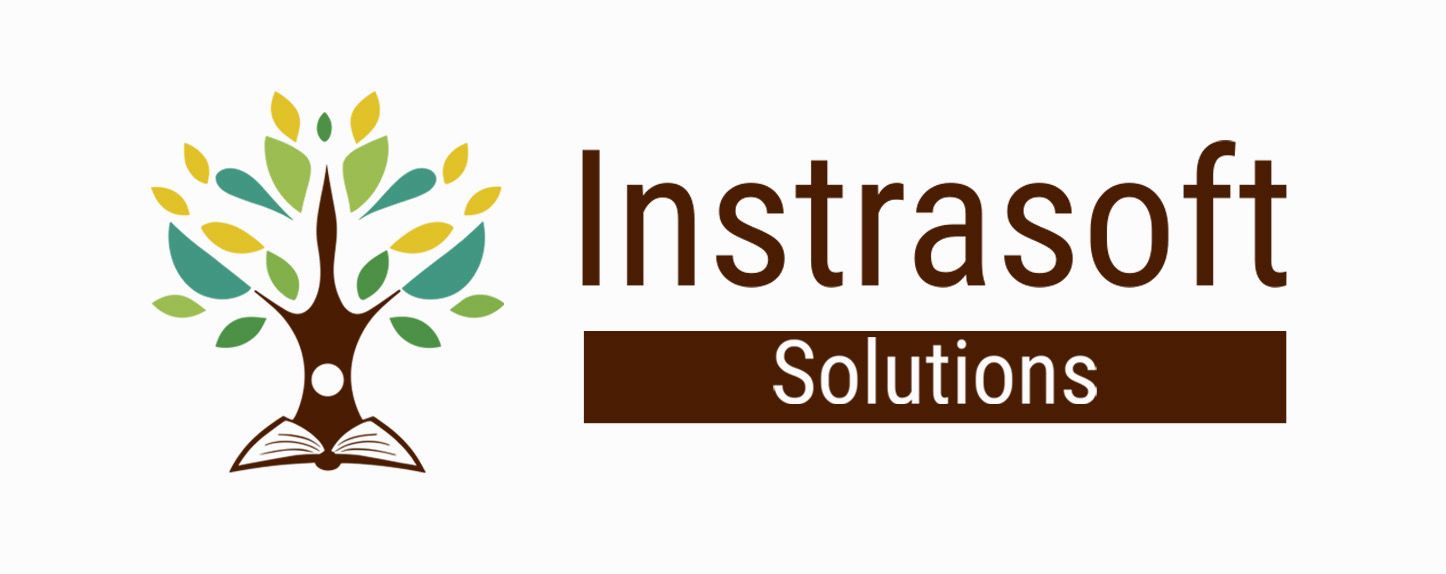A look at how Life Insurance Corporation has managed to retain its vice-like grip
India's life insurance market is crowded and fiercely competitive with 24 players jostling for a share of the expanding market. And 19 years after the entry of private players, state-owned Life Insurance Corporation (LIC), which had enjoyed a total monopoly for 44 years, remains the dominant player albeit with a reduced market share of two thirds and the remaining 23 players sharing the remaining one-third of the pie.
Expanding market
Ever since the government allowed the entry of private players in life insurance and even allowed foreign direct investment (FDI) in insurance companies, LIC's market share has, not surprisingly, been falling.
According to the Insurance Regulatory and Development Authority of India (IRDAI), on the basis of total premium income, the market share of LIC decreased from 71.81 per cent in 2016-17 to 69.36 per cent in 2017-18, while that of all private insurers slowly increased to 30.64 percent in 2017-18, from 28.19 percent in 2016-17.
However, the important point to note is that the entry of private players has helped expand the total life insurance market. Over FY12-18, the new business premium has grown at a CAGR of 14.44 percent. Life insurance industry recorded a premium income of Rs 45,88,09.44 crore during 2017-18 as against Rs 418476.62 crore in the previous financial year, registering a growth of 9.64 percent
The business of LIC too has been expanding notwithstanding competition from private players. In 2017-18, LIC recorded 5.90 percent growth (12.78 percent growth in previous year) in its premium income.
During 2017-18, life insurers issued 281.97 lakh new individual policies, of which LIC issued 213.38 lakh policies or 75.7 percent of the total new policies issued and the private life insurers issued 68.59 lakh policies (24.3 percent).
Given the low penetration - life insurance penetration (premium as a percent of GDP) was only 2.76 in 2017-18 and underinsurance - there is ample scope for growth for everyone. Among the private sector players, SBI Life, HDFC Life and ICICI Prudential Life, which raised successfully raised money through the IPO route and are the only three listed players, lead the pack in terms of market share.
Data with IRDAI reveals that LIC relies more on traditional plans even though these are growing modestly at 7.75 percent while the private insurers are aggressively pushing the fast-growing unit-linked insurance plans. In 2017-18, unit-linked insurance products collected a premium of Rs 64,850 crore, a jump of 22 percent from the previous year.
LIC also relies on single premium products as can be seen from the fact that they contributed 33.48 percent of LIC’s total premium income. In comparison, the contribution of single premium income to total premium income during 2017-18 was 15.58 percent for private insurance companies.The entry of private players has opened up new distribution channels. LIC gets about 95.6 percent of its individual business from its strong field force of 1148811 Agents- by far the largest network for any life insurance company. Overall, LIC spends 5.5 percent of the premium amount as commission.
The private sector, on the other hand, has a total agent count of 9.3 lac, with individual agents bringing 27.8 percent of the business. Among private players ICICI Prudential Life Insurance had the maximum number of agents at 1,51,563, Private insurance companies rely more on corporate and bank tie-ups to distribute their products. Aegon Life Insurance which has now decided to go fully digital did not add any new agents in the last financial year.
LIC has been slow to adopt the online route. According to IRDAI data, just 1.47 percent of LIC business came through this route while private insurers were able to garner 10.9 percent of the business through the direct (online) route in 2017-18.
Return to shareholders
During the financial year 2017-18, the life insurance industry reported a profit after tax of Rs 8511.99 crore as against `7727.89 crore in 2016- 17. Out of the twenty-four life insurers in operations during 2017-18, as many as nineteen companies reported profits. LIC reported a profit after tax of Rs 2446.41 crore i.e. an increase of 9.62 percent over Rs 2231.74 crore in 2016-17.
For the year 2017-18, LIC paid Rs 2421.82 crore (Rs 2200.33 crore in 2016-17) as dividend to shareholder i.e. Government of India.
LIC importance is not limited to those seeking life cover. Its role is closely watched by the equity investor as it is the largest domestic institutional investor in the Indian equity market. As on March 31, 2018, LIC had total investments of Rs 25,15,549 crore. Of this, 81.75 percent had been invested in government securities, approved securities, infrastructure, and social sector and the remaining 18.25 percent had been invested in equity and preference shares.
